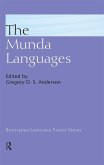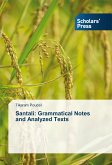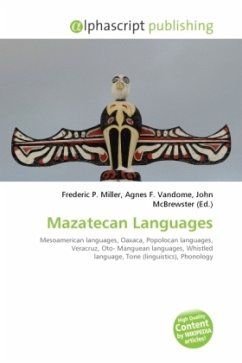High Quality Content by WIKIPEDIA articles! The Munda languages are a language family spoken by about nine million people in central and eastern India and Bangladesh. They constitute a branch of the Austroasiatic language family, generally placed in opposition to the Mon-Khmer languages of Southeast Asia, which means they are distantly related to Vietnamese and Khmer. The origins of the Munda languages are not known, though it is generally thought that they are autochthonous languages of eastern India. Ho, Mundari, and Santali are notable languages of this group. The family is generally divided into two branches: North Munda, spoken in the Chota Nagpur Plateau of Jharkhand, Chhattisgarh, Bengal, and Orissa, and South Munda, spoken in central Orissa and along the border between Andhra Pradesh and Orissa. North Munda, of which Santali is the chief language, is the larger of the two groups; its languages are spoken by about nine-tenths of Munda speakers. After Santhali, the Mundari and Ho languages rank next in number of speakers, followed by Korku and Sora.
Bitte wählen Sie Ihr Anliegen aus.
Rechnungen
Retourenschein anfordern
Bestellstatus
Storno








